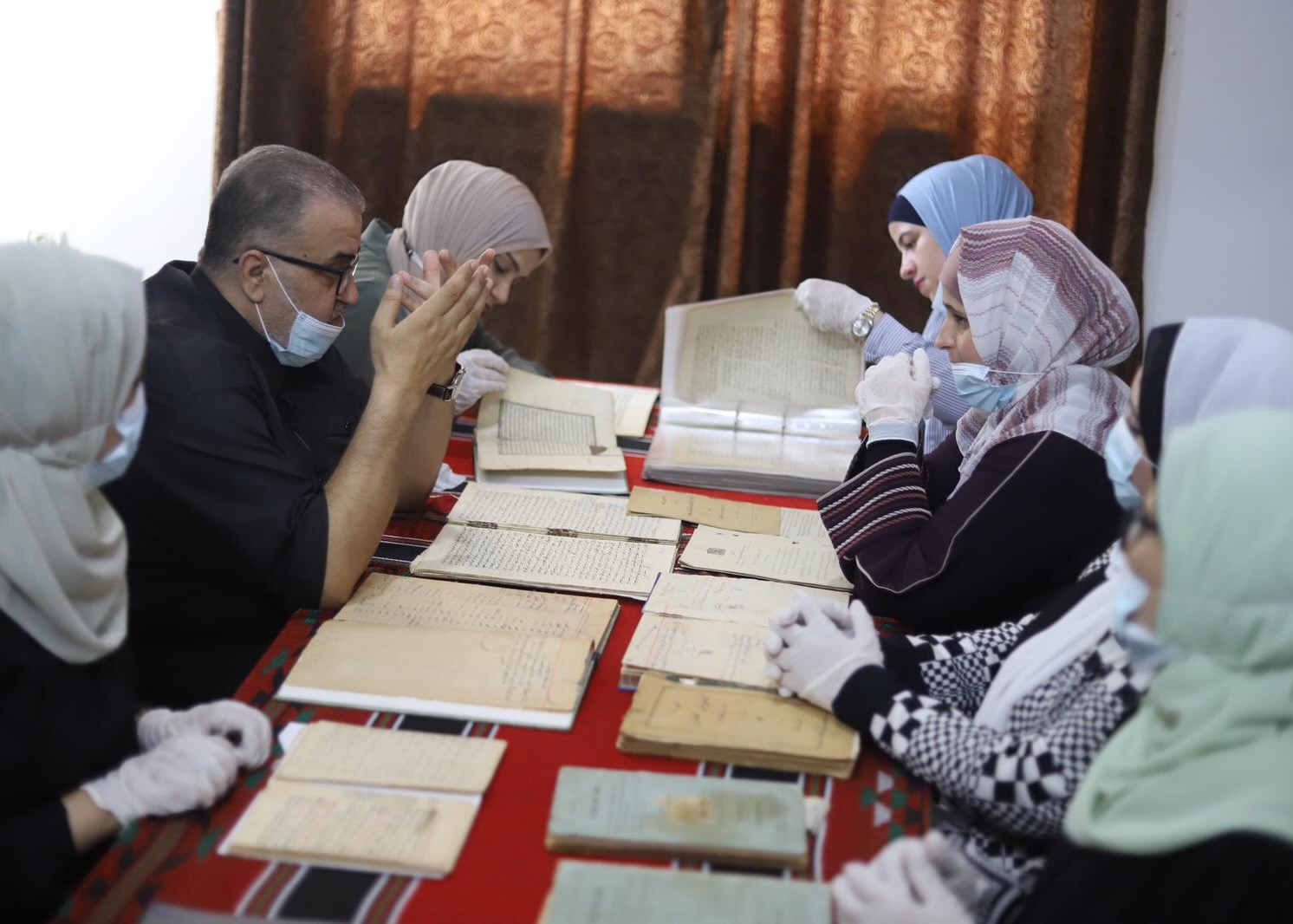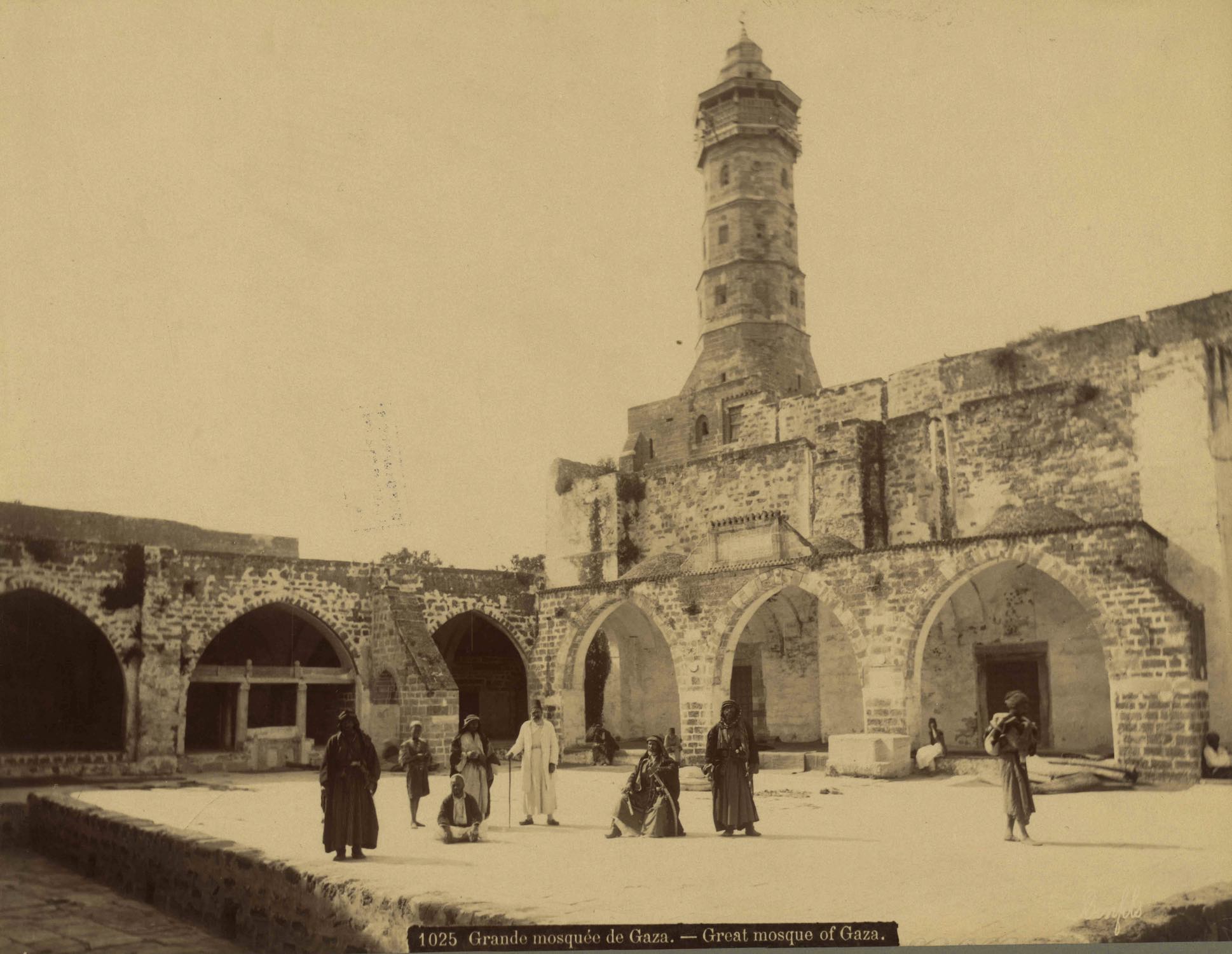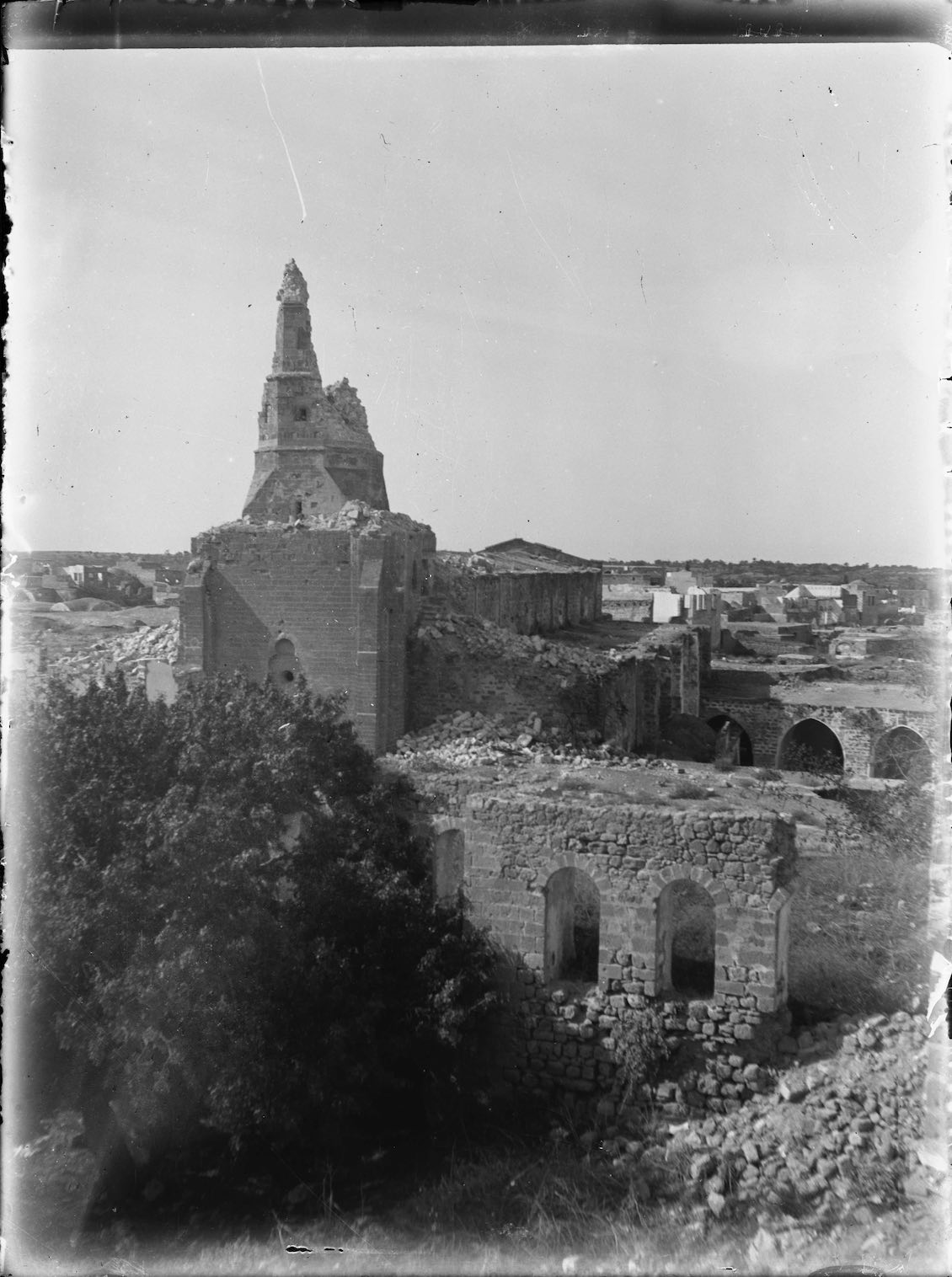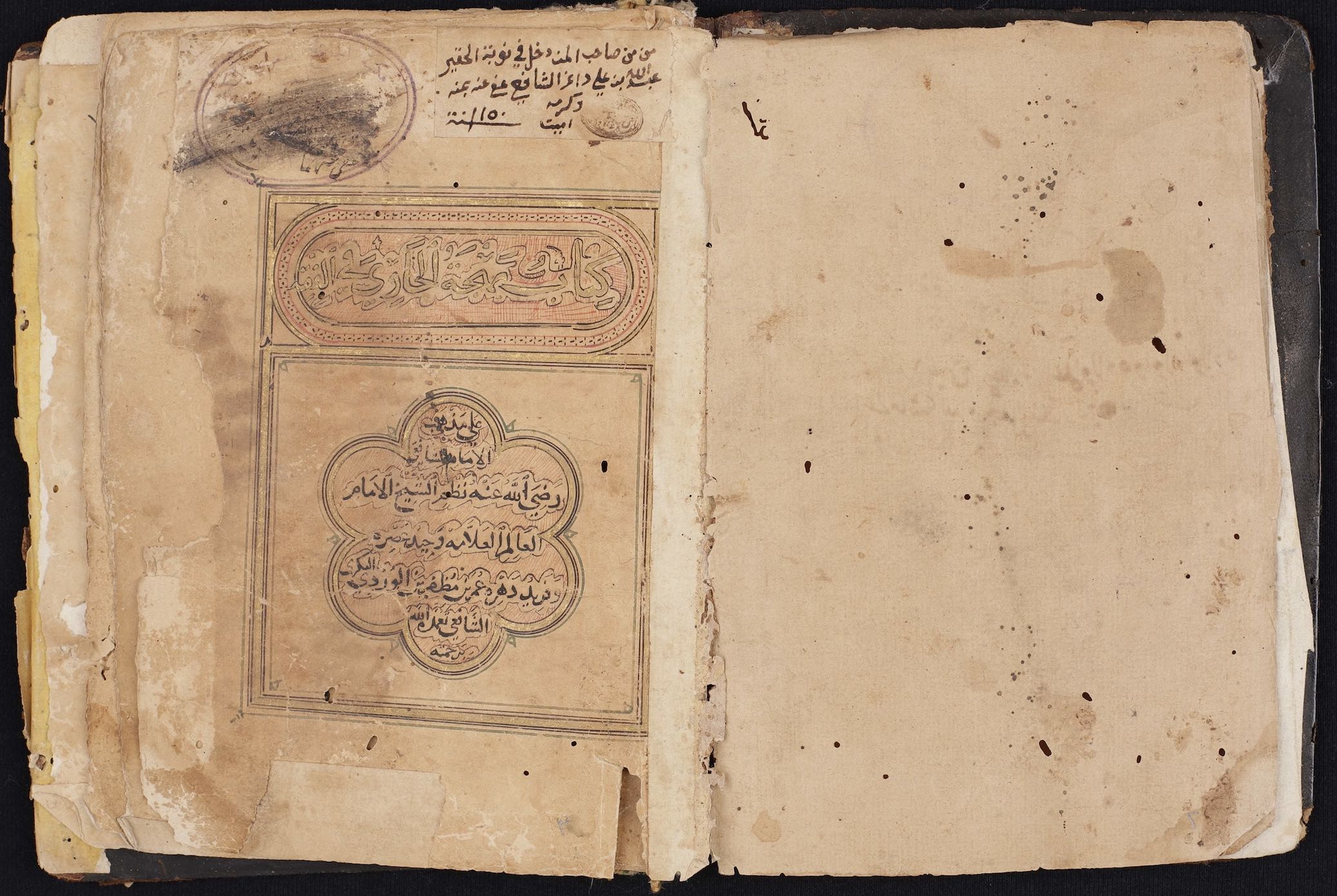Where We're Working: Gaza
Where We're Working: Gaza

The Gaza Strip is the smallest of the two Palestinian territories in the Middle East. It has been under full land, sea, and air blockade by the Israeli government since 2007, when the area came under direct control by the militant organization Hamas. The blockade led to the isolation of the Gaza Strip from the rest of the world, with its more than 2.1 million residents experiencing great limitations on access to essential services. People and goods are prevented from entering and leaving the territory; simple things, like importing food, can be very hard and complex to secure.
HMML’s work in the city of Gaza began a few months before the outbreak of the COVID-19 pandemic, in partnership with the Endangered Archives Programme (EAP) of the British Library, to support the preservation of the manuscript library of the Great Omari Mosque. This work was completed in 2022 and extended into the current project to digitize the collection of Eyes on Heritage, a library of manuscripts, documents, and rare books collected in the Gaza Strip by the historian Dr. Abdul-Latif Abu Hashem.
David Dahdal, field director for HMML, established the digitization lab at the Great Omari Mosque in February 2020 and trained the caretakers of the library in manuscript digitization and preservation. The lab equipment was brought into Gaza with the assistance of the international aid community network in Palestine, through a complex, coordinated process to clear border checks.

The team of local librarians and caretakers conducted inventories, digitization, and conservation care for the manuscripts and rare materials at the Great Omari Mosque. The team was also trained by HMML to apply first aid and preservation measures to the entire collection, including improved storage conditions.
Known in Arabic as al-Masjid al-ʻUmarī al-Kabīr, the Great Omari Mosque is the largest and oldest mosque in the Gaza Strip, converted and expanded in the 7th century CE from the structure of a 5th-century Byzantine church. It is located in what is now known as the Old City in downtown Gaza and is a focal point of the local community for gatherings and cultural activities. Its library has existed since at least the 13th century, established by the fourth Mamluk Sultan of Egypt and Syria, al-Malik al-Zahir Rukn al-Din Baybars al-Bunduqdari.
Since its earliest years of existence, the Great Omari Mosque has undergone a history of destruction, plundering, and reconstruction. The latest large-scale restoration of the building was carried out in 1925 after severe damage during World War I that also affected the library and its collection. It continues to survive through ongoing political instability and protracted, intensified conflict in the region.


Partnerships with the Great Omari Mosque have secured the digitization of 211 manuscripts, all fully cataloged and accessible in HMML Reading Room. Much of the collection dates to the Ottoman era, with the oldest manuscripts from the 14th century CE. An interesting feature is the presence of 54 manuscript fragments; these fragile pieces contain proof of the existence of otherwise unknown works.
HMML’s project with Eyes on Heritage is ongoing, with EAP providing primary funding for the local teams, digitization lab, and preservation training and operations, supplemented by HMML. Digital access to the Eyes on Heritage and Great Omari Mosque collections holds great promise. Both manuscript collections are written solely in Arabic and cover subjects such as Islamic theology, Sufism, philosophy, law, grammar, medicine, chemistry, education, literature, and poetry. The jurisprudence manuscripts, in particular, are evidence of a broad, active community across the Middle East—an expression of the relationships between jurists in Gaza, Cairo, Jerusalem, Mecca, Medina, Jaffa, Damascus, and Aleppo.

HMML’s projects in Gaza are part of broader efforts to preserve manuscripts in this region. The collections of four Muslim families in Jerusalem recently came online in HMML Reading Room after a decade of collaboration with the Āl Budeiry Library, Khalidi Library, Issaf Nashashibi Center for Culture and Literature, and al-Zāwiyah al-Uzbakīyah. Each collection has distinctive features, but they are all connected by the same passion, resilience, and effort by local communities to preserve the heritage that is a testimony to their history. HMML is proud to contribute to and help sustain the safekeeping of this manuscript heritage.
A version of this story originally appeared in the Summer 2023 issue of HMML Magazine.




